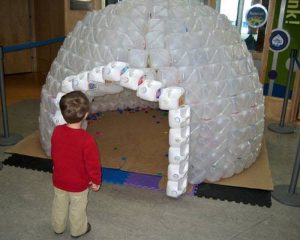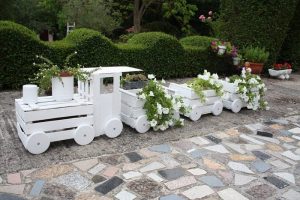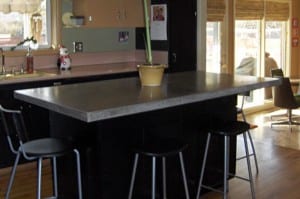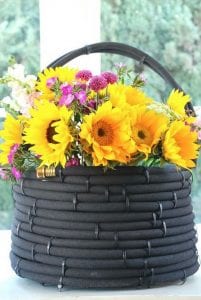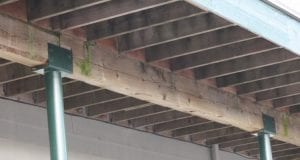Last Updated on June 12, 2024 by teamobn
4. Do the same with the other 25″ and two 13″.

5. Connect the 2 x 4’s into the side panels. Secure using screws or nails.

6. Place the top panel in place for your washing machine and dryer pedestal. Secure using screws and nails.
7. To cover the back, measure from each end of the side panels. That will be your size. Height will still be 15″.
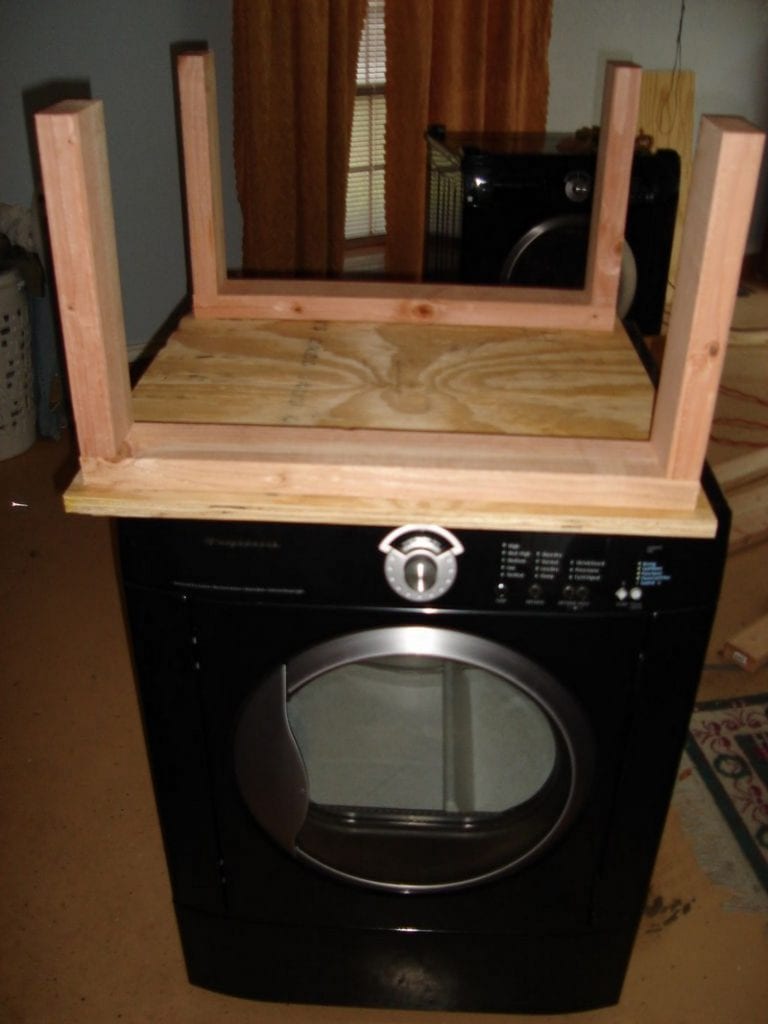
Now paint that beautiful work of art to match your washer and dryer.
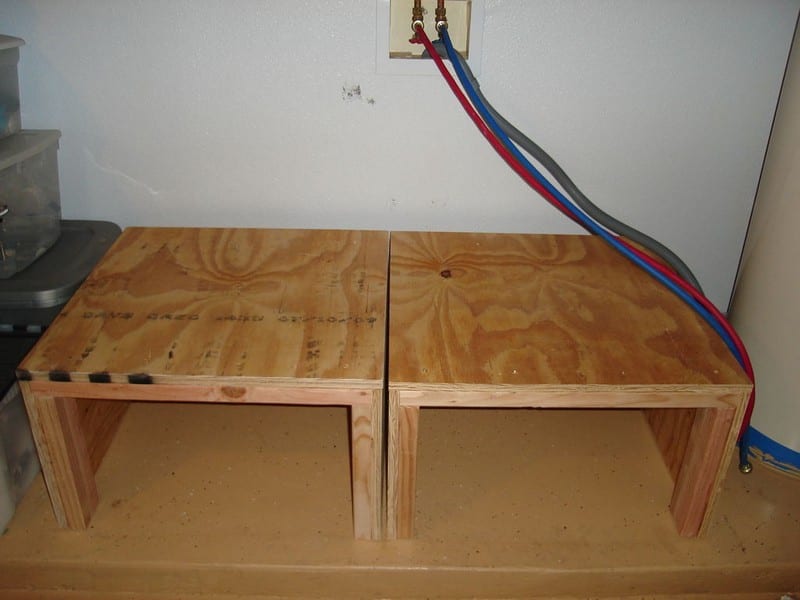
You can brush or spray paint it! Whichever you choose, be creative!
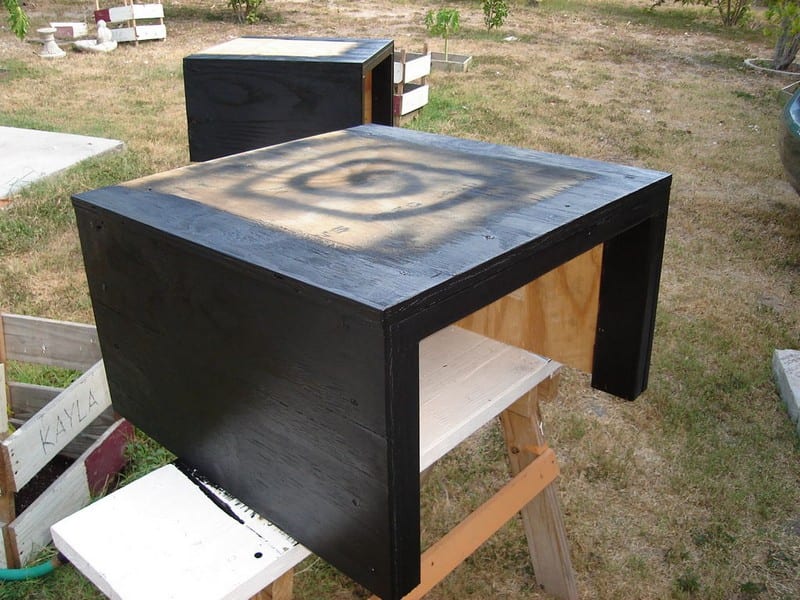
You don’t have to go paint areas that would be covered by your machine and wall.

And you’re done!
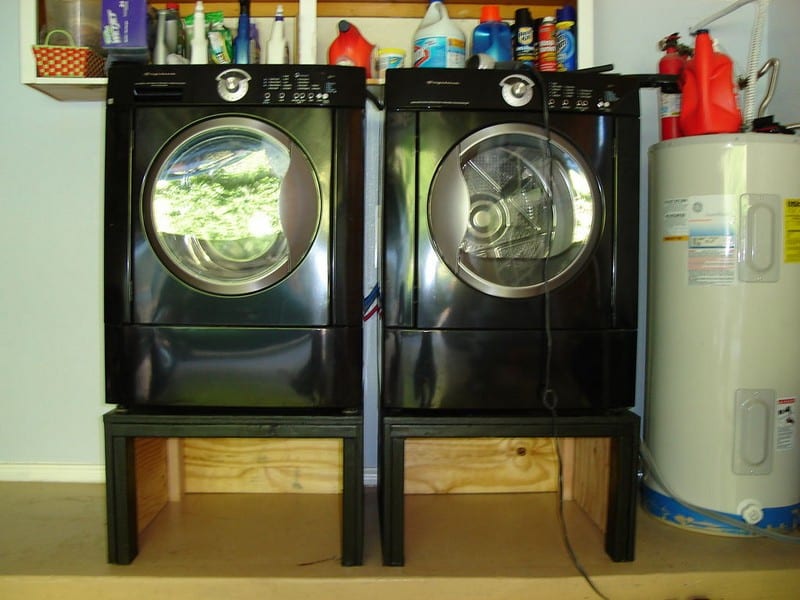
Are your laundry machines located outdoors, in a more open area? Even perfect! These pedestals could serve as protection for the bottom parts of your electronics. It would keep them nice and clean, away from dirt.
To make this more suitable outdoors, finish it with some metal sheet at the bottom edges or apply waterproof coating on the entire pedestal.
Thanks to raxel for this great project!
Contents
Maintenance and Care for Your DIY Pedestal
Maintaining your DIY washing machine and dryer pedestal is crucial to ensure it remains stable, functional, and visually appealing over time. Regular care will protect your investment and keep your laundry appliances elevated safely. Below are essential tips to help you maintain your pedestal effectively.
Regular Cleaning
The washing machine and dryer pedestal should be cleaned regularly to prevent dust and lint buildup, which could affect its stability and appearance. Use a damp cloth to wipe the surfaces every month. For tougher stains or drips from laundry products, a mild detergent can help clean without damaging the paint or wood.
Inspect for Wear and Tear
Every few months, inspect your washing machine and dryer pedestal for any signs of wear and tear. Check for loose screws or nails, and tighten them as needed. Look for any cracks or splits in the wood, especially in areas that bear the most weight. Early detection of these issues can prevent more significant problems later.
Seal Wood Surfaces
If your washing machine and dryer pedestal is made of wood, applying a sealant can significantly extend its lifespan. A good sealant will protect the wood from moisture and prevent warping or swelling. It’s advisable to apply a fresh coat of sealant every one to two years, depending on the level of exposure to moisture in your laundry area.
Adjust Leveling Feet
Many washing machine and dryer pedestals include adjustable feet to ensure they remain level on uneven floors. Periodically check and adjust these feet to keep the pedestal level. This not only prevents the washing machine and dryer from excessive shaking during operation but also reduces stress on the pedestal structure.
Insulate Against Temperature Changes
If your washing machine and dryer pedestal is located in a garage or an area subject to temperature fluctuations, consider insulating the pedestal. This can prevent the wood from expanding and contracting, which can lead to weakening of the joints and overall structure.
Check for Pests
In some areas, wood structures—including the pedestal of your dryer and washing machine—can be threatened by termites and carpenter ants. Check the pedestal often for any indications of a bug infestation, including little holes or sawdust trails. Treat the afflicted area right away if you find bugs to stop more damage.
Replace Worn Parts
Parts of the support beams and hardware on your washing machine and dryer pedestal may break or wear out with time. Both the pedestal and the appliances it supports can be spared damage if these components are replaced before they totally fail. Watch how each component is doing and replace them as necessary to keep the pedestal structurally sound.
Repaint as Needed
Your washing machine and dryer pedestal may be kept looking good by giving the paint or finish a fresh coat every year or anytime you see chipping or excessive wear. In damp laundry rooms in particular, repainting will not only make the space seem better but also provide an additional barrier against moisture and mould.
Moisture Control
To prevent moisture damage, ensure your laundry room is well-ventilated. Excess moisture can cause the wood to warp or rot. If your washing machine and dryer pedestal is located in a basement or another moisture-prone area, consider using a dehumidifier or silica gel packets to help absorb excess humidity.
Check for Stability
Regularly check the stability of your washing machine and dryer pedestal to ensure it hasn’t become wobbly or unbalanced, which can happen due to the vibrations from the washing machine and dryer during use. If the pedestal becomes unstable, reassess the floor level and adjust the legs or base of the pedestal as necessary.
By following these maintenance tips, your DIY washing machine and dryer pedestal will continue to serve as a sturdy and efficient base for your laundry appliances, enhancing the functionality and organization of your laundry space.
Safety Guidelines for Constructing and Using Pedestals
Constructing and using a washing machine and dryer pedestal involves several steps that, if not done carefully, can pose safety risks. To ensure that both the building process and the usage of the pedestal are safe, follow these guidelines closely.
Proper Tool Handling
- Use Appropriate Tools: Always use the right tools for each task to prevent injuries. For example, use a saw for cutting wood, a drill for making holes, and a hammer for nails.
- Wear Protective Gear: Protect yourself by wearing safety glasses, durable gloves, and hearing protection when operating noisy tools.
- Keep Tools in Good Condition: Regularly check your tools for signs of wear or damage. Damaged tools can be hazardous and should be repaired or replaced before further use.
Secure Construction
- Sturdy Materials: Choose materials that are strong and durable enough to support the weight of your washing machine and dryer pedestal. Using substandard materials can lead to structural failure.
- Strong Assembly: Ensure all joints, screws, and fixtures are tightly secured. Loose components can make the pedestal unstable, which could cause the appliances to fall.
- Check Weight Limits: Be aware of the weight limits of both the pedestal and the floor it stands on. Overloading can cause structural damage or collapse.
Safe Installation
- Level Surface: Install the pedestal on a flat and stable surface. An uneven surface can make the appliances tilt and potentially fall off or vibrate excessively.
- Anchor if Necessary: Depending on the design and location, consider anchoring the pedestal to the floor to prevent it from moving or shifting during use.
- Allow for Accessibility: Ensure there is enough room around the pedestal for easy access. This is important for maintenance and emergency shut-off access.
Regular Inspections
- Routine Checks: Regularly inspect the pedestal for any signs of weakness, such as cracks, loosening screws, or creaking noises. Address these issues immediately to prevent accidents.
- Monitor for Vibration: Excessive vibration during appliance operation can weaken the pedestal over time. If vibrations increase, reassess the stability and structure of the pedestal.
Safe Usage
- Educate All Users: Make sure all household members know how to safely use the pedestal, particularly the importance of not climbing or sitting on it.
- Child Safety: Keep children away from the pedestal and the appliances when they are in use. Install child safety gates if necessary to prevent access.
Following these safety precautions will help to guarantee that your washing machine and dryer pedestal are not only a practical but also a safe addition to your house. Your pedestal’s lifetime and safety are greatly influenced by its design and upkeep.
Conclusion
Adding a washing machine and dryer pedestal can make your laundry routine far more effective and efficient. This do-it-yourself project is an inexpensive approach to raising your appliances and adding more storage, provided you use the right materials, construction, and safety precautions. Its stability and lifetime will be guaranteed by routine maintenance, giving your dryers and washing machines a solid basis.
We have more project for an organized laundry room. Check out our laundry basket dresser project next!

